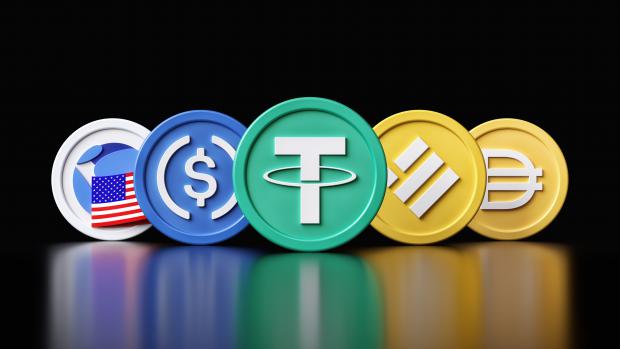
Breaking News
 War on Words: Both Parties Try to Silence Speech They Don't Like
War on Words: Both Parties Try to Silence Speech They Don't Like
 Low Interest Rates Don't Have the Stimulus the Economy Craves
Low Interest Rates Don't Have the Stimulus the Economy Craves
 "What's About To Happen Is Not A Coincidence" | Whitney Webb
"What's About To Happen Is Not A Coincidence" | Whitney Webb
 Future of Satellite of Direct to Cellphone
Future of Satellite of Direct to Cellphone
Top Tech News
 3D Printed Aluminum Alloy Sets Strength Record on Path to Lighter Aircraft Systems
3D Printed Aluminum Alloy Sets Strength Record on Path to Lighter Aircraft Systems
 Big Brother just got an upgrade.
Big Brother just got an upgrade.
SEMI-NEWS/SEMI-SATIRE: October 12, 2025 Edition
 Stem Cell Breakthrough for People with Parkinson's
Stem Cell Breakthrough for People with Parkinson's
 Linux Will Work For You. Time to Dump Windows 10. And Don't Bother with Windows 11
Linux Will Work For You. Time to Dump Windows 10. And Don't Bother with Windows 11
 XAI Using $18 Billion to Get 300,000 More Nvidia B200 Chips
XAI Using $18 Billion to Get 300,000 More Nvidia B200 Chips
 Immortal Monkeys? Not Quite, But Scientists Just Reversed Aging With 'Super' Stem Cells
Immortal Monkeys? Not Quite, But Scientists Just Reversed Aging With 'Super' Stem Cells
 ICE To Buy Tool That Tracks Locations Of Hundreds Of Millions Of Phones Every Day
ICE To Buy Tool That Tracks Locations Of Hundreds Of Millions Of Phones Every Day
 Yixiang 16kWh Battery For $1,920!? New Design!
Yixiang 16kWh Battery For $1,920!? New Design!
 Find a COMPATIBLE Linux Computer for $200+: Roadmap to Linux. Part 1
Find a COMPATIBLE Linux Computer for $200+: Roadmap to Linux. Part 1
Stablecoin Boom Nears $300B as New Platforms Push Market Beyond Trading: Artemis

What to know:
Stablecoin supply has jumped 72% to nearly $300 billion, led by Ethereum, Solana and a record $6 billion Plasma launch, according to Artemis.
New use cases are emerging, including AI funding models and retail payments via platforms like MiniPay.
Stablecoins are evolving into banking-like infrastructure, with platforms and exchanges offering payments, cards and savings tools, the report said.
The stablecoin market has undergone a sharp expansion over the past year, with total supply climbing 72% to nearly $300 billion, according to data analytics platform Artemis.
Much of that growth has been concentrated on Ethereum and Solana, with the recent launch of Plasma marking a milestone. More than $6 billion in stablecoins were issued on the network in its first week, setting a record for a new chain debut, Artemis said in the Wednesday report.
Stablecoins are cryptocurrencies whose value is tied to another asset, such as the U.S. dollar or gold. They play a major role in cryptocurrency markets, providing a payment infrastructure, and are also used to transfer money internationally. Tether's USDT is the largest stablecoin, followed by Circle's USDC.
The dominance of Tether's USDT and Circle's (CRCL) USDC remains clear, as the two tokens continue to account for more than 85% of the market, the report said. However, their grip has loosened slightly as competition intensifies from emerging issuers and new platforms.
The surge isn't just about supply. A broadening set of use cases that reflect stablecoins' expanding role in the financial system, Artemis said. One example is USD AI, which has introduced a model allowing deposits to fund GPU loans for artificial intelligence (AI) companies, turning stablecoin holdings into a private-credit-like yield instrument.



